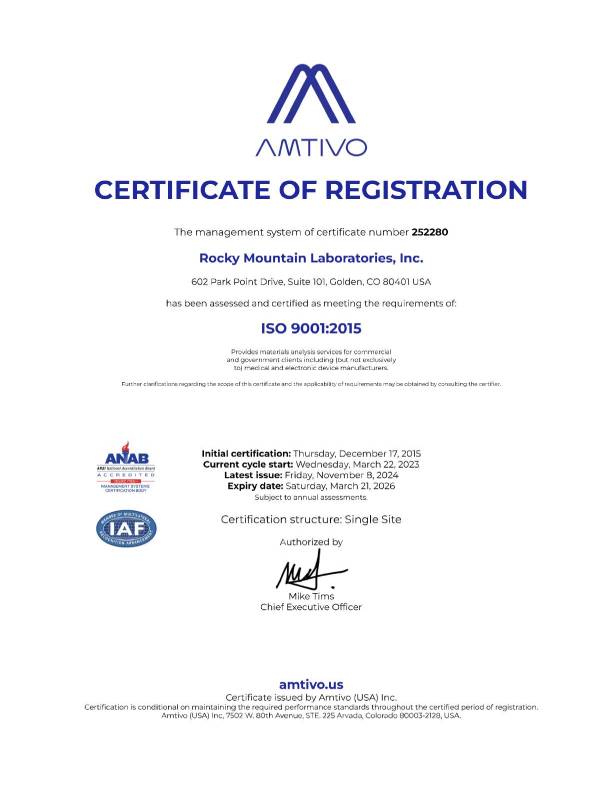X-ray Photoelectron Spectroscopy (XPS) and X-ray Diffraction (XRD) are both analytical techniques that use X-rays, but they provide different types of information about materials. Here are the key differences between XPS analysis and XRD analysis:
- Information Obtained:
- XPS (X-ray Photoelectron Spectroscopy): XPS provides information about the elemental composition, chemical states, and electronic states of the surface of a material. It is surface-sensitive and can provide details about the top few nanometers of a sample.
- XRD (X-ray Diffraction): XRD provides information about the crystal structure of a material. It reveals the arrangement of atoms in a crystalline structure, allowing the identification of crystal phases, lattice parameters, and crystal orientation.
- Principles:
- XPS: XPS is based on the photoelectric effect. X-rays are used to eject photoelectrons from the surface of a material, and the energy of these electrons is measured to provide information about the sample’s composition and chemical states.
- XRD: XRD is based on the diffraction of X-rays by crystal lattices. When X-rays interact with a crystalline sample, they undergo constructive interference, producing a diffraction pattern that can be analyzed to determine the crystal structure.
- Depth of Analysis:
- XPS: XPS is a surface-sensitive technique, probing the top few nanometers of the sample.
- XRD: XRD provides information about the bulk crystal structure of the material, and the depth of analysis depends on factors such as the wavelength of the X-rays and the crystalline nature of the sample.
- Applications:
- XPS: XPS is often used for surface analysis in materials science, chemistry, and surface physics. It is particularly useful for studying the composition and chemical state of thin films, coatings, and surfaces.
- XRD: XRD is widely used for phase identification, crystallography, and structural analysis of crystalline materials. It is employed in various fields, including geology, materials science, and pharmaceuticals.
While both X-ray Photoelectron Spectroscopy and XRD use X-rays for analysis, they provide complementary information about different aspects of a material. XPS focuses on surface composition and chemical states, while XRD reveals the crystalline structure of a material. Researchers often use these techniques together to gain a comprehensive understanding of the properties of a given material.



